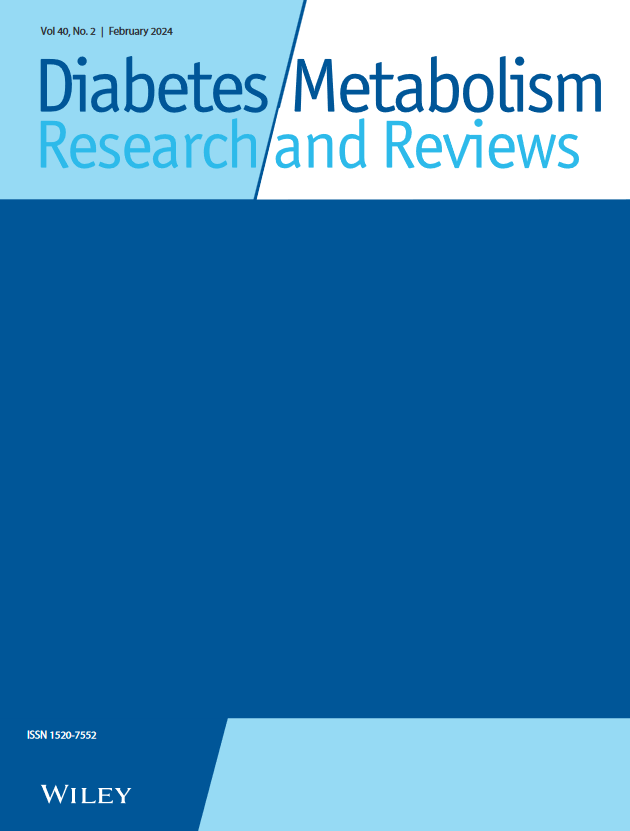The Contributions of Risk Factor Modifications to the Reduction of Cardiovascular Risk in Patients With Antidiabetic Treatment: A Meta-Regression Analysis and Model-Based Analysis
Abstract
Aims
This meta-regression analysis and model-based analysis aimed to assess the contributions of the risk factors and identify the predominant ones.
Methods
PubMed/MEDLINE, Embase, and Cochrane databases were searched for randomized controlled trials with reports of cardiovascular events in patients receiving antidiabetic treatments. Five treatment-response factors such as changes in haemoglobin A1c (HbA1c), systolic blood pressure (SBP), body weight, low-density lipoprotein cholesterol (LDL-C) and estimated glomerular filtration rate (eGFR), and six baseline factors such as HbA1c, SBP, body weight, LDL-C, eGFR and age were included in the analyses. Eligible data were first analysed by a meta-regression analysis and then by a mathematical model-based analysis.
Results
In all 41 studies were included. Among all treatment response factors, reduction in body weight and SBP were key factors in lowering cardiovascular risk. A 5-kg body weight reduction accounted for 5%, 33%, 11.6%, 13% and 31.2% risk reduction in MACE, CV death, MI, stroke, and HHF, respectively. A 5-mmHg SBP reduction contributed 42.3%, 34.9%, 38.5%, 11% and 21.4% to the risk reduction in MACE, CV death, MI, stroke and HHF, respectively. Among all baseline factors, an increase in the baseline body weight was the main contributor to cardiovascular risk reduction. A 5-kg increase in baseline body weight was associated with 12.5%, 3.5%, 6.5% and 8.4% risk reduction in MACE, CV death, MI, and stroke, respectively.
Conclusion
The reduction in body weight and SBP level were the dominant contributors to cardiovascular risk reduction among all 11 included potential factors. The treatment response factors might be more crucial to reduce cardiovascular risk when compared with baseline factors.


 求助内容:
求助内容: 应助结果提醒方式:
应助结果提醒方式:


